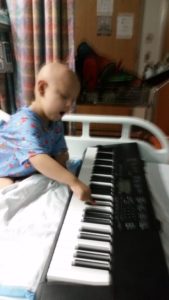Returning To School
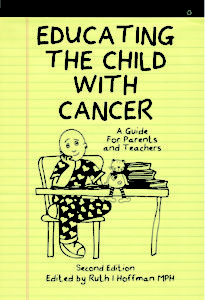 For most children, going to school forms the backbone of their daily routine: normal, everyday activities like catching the bus, greeting their friends, completing in-school activities, and doing nightly homework are so regular that most of us don’t even think about them. For a family coping with a diagnosis of cancer, handling the daily routine of school can seem like just one more insurmountable challenge. Yet for school-age children, and especially middle- and high-school children, taking the time to think through how to approach school-related issues both during–and after–treatment will play a critical role in ensuring your child’s academic success once treatment is complete.
For most children, going to school forms the backbone of their daily routine: normal, everyday activities like catching the bus, greeting their friends, completing in-school activities, and doing nightly homework are so regular that most of us don’t even think about them. For a family coping with a diagnosis of cancer, handling the daily routine of school can seem like just one more insurmountable challenge. Yet for school-age children, and especially middle- and high-school children, taking the time to think through how to approach school-related issues both during–and after–treatment will play a critical role in ensuring your child’s academic success once treatment is complete.
Whether your child can go to school intermittently during treatment or whether treatment has required a long absence from school, returning to school can be emotionally challenging for many parents, who face serious concerns about the potential for illness, whether their child has the physical or emotional stamina to cope with a long school day, and whether they will face teasing from uninformed peers. Yet at the same time, maintaining a regular school-related routine as much as possible can offer your child, and indeed your family, emotional stability and regularity during a difficult time, and will help reassure your child that they have a future that is bright and strong.
Communication is the key to your child’s educational success
Although at times dealing with school-related issues can seem like just one more “to do” on your growing list, opening an early dialogue with the educators in your child’s life will help ensure your child’s educational success both during and after treatment. The first step is alerting the school about your child’s diagnosis and treatment plan, the expected duration of the treatment, and the extent to which he or she will be absent. Notifying the principal, your child’s teacher(s), and the school counselor quickly will not only keep them informed of expected absences, it will also enable them to work with you to ensure that your child does not fall behind academically during treatment and keep the school informed about potential limitations that treatment places on their ability to complete certain types of activities or work while in school.
Of course, for many parents, ensuring that your child will not “fall behind” will be a priority. Helping your child stay up-to-date on school work will require that he or she complete assignments while at home or in the hospital. Your school should be able to provide lesson plans and assignments for completion, and may even be able to offer academic assistance in the form of tutoring for older children with more complicated workloads. Many hospitals now also offer academic support for children struggling to complete assignments while in extended hospital stays. By supporting your child and encouraging them to stay on top of their school work as much as treatment allows, you are offering him or her the best possible chance to return to school as smoothly and seamlessly as possible.
Perhaps more importantly, however, maintaining excellent communication with your child’s school will activate additional resources that may be available to help you and your child as they balance the difficult bridge between school and treatment. Most critically, of course, is ensuring that your child receives academic support, including additional assistance if necessary, to stay as close as possible to grade level. However, schools also offer emotional support as well; the school counselor can help your child cope with the emotional stresses he or she is facing. And last, but not least, the school can help guide and manage social interactions as well, working with other students to help them understand what your child is going through and ensuring that your child receives support and friendship from his or her peers as well as from school staff.
For additional information on coping with school-related issues and establishing communication with the educators in your child’s life, we encourage you to obtain a copy of Educating the Child with Cancer: A Guide for Parents and Teachers, 2nd Edition, edited by the American Childhood Cancer Foundation’s own Ruth Hoffman, and available through the ACCO (www.acco.org).
For more information about the American Childhood Cancer Organization and how we can help, call 855.858.2226 or visit:




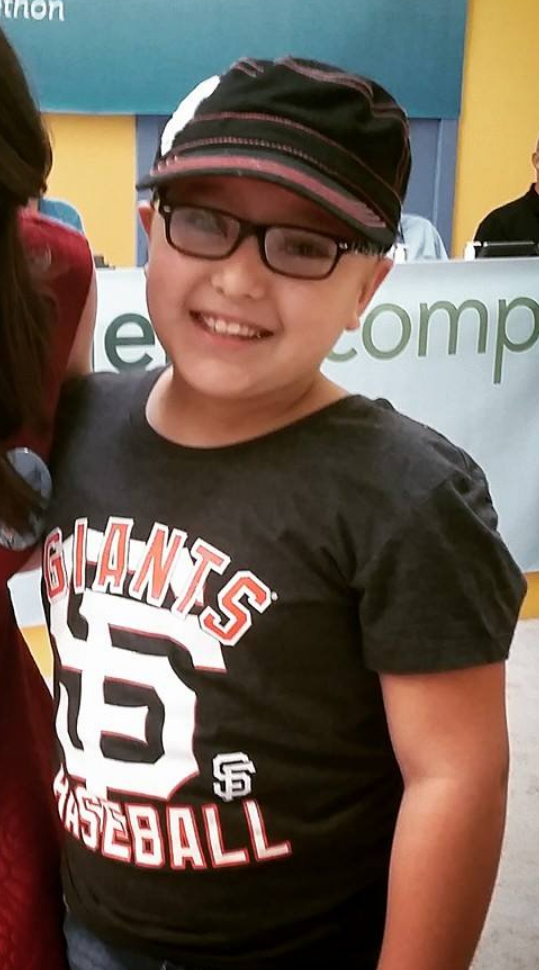
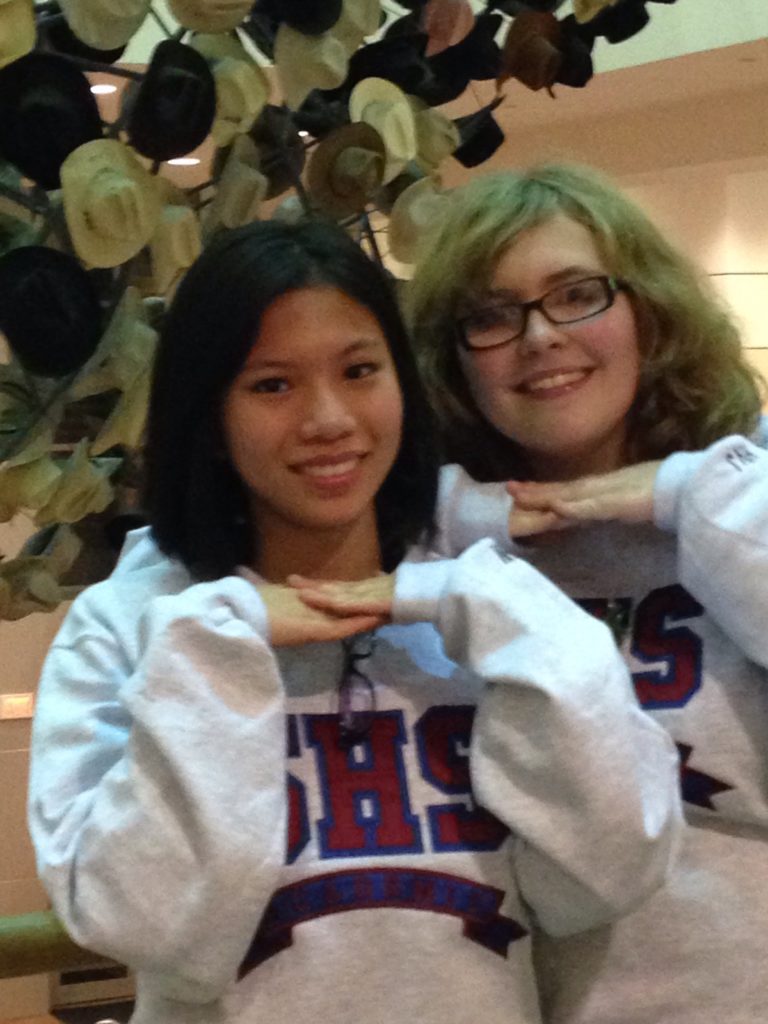


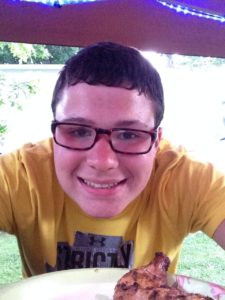

 The good news is that there have been tremendous advancements in the treatment procedures for many forms of childhood cancer, and five-year survival rates for some types of cancer have risen dramatically in recent years. However, both chemotherapy and radiation therapy, the two most common forms of treatment, involve intensive levels of both medication and energy that can target healthy cells in addition to killing cancerous cells. Unfortunately, these treatments may, and often do, cause severe health-related problems later on. These are called “late term effects”. While helping your child cope with the short-term and often extremely difficult side effects during or immediately after treatment often takes first priority, it is important to be aware of the types of health problems that may not develop for months or even years. And as the survival rate continues to improve, but treatment still relies on smaller dosages of adult protocols, more and more children will suffer from “late term effects” throughout the remainder of their lives.
The good news is that there have been tremendous advancements in the treatment procedures for many forms of childhood cancer, and five-year survival rates for some types of cancer have risen dramatically in recent years. However, both chemotherapy and radiation therapy, the two most common forms of treatment, involve intensive levels of both medication and energy that can target healthy cells in addition to killing cancerous cells. Unfortunately, these treatments may, and often do, cause severe health-related problems later on. These are called “late term effects”. While helping your child cope with the short-term and often extremely difficult side effects during or immediately after treatment often takes first priority, it is important to be aware of the types of health problems that may not develop for months or even years. And as the survival rate continues to improve, but treatment still relies on smaller dosages of adult protocols, more and more children will suffer from “late term effects” throughout the remainder of their lives.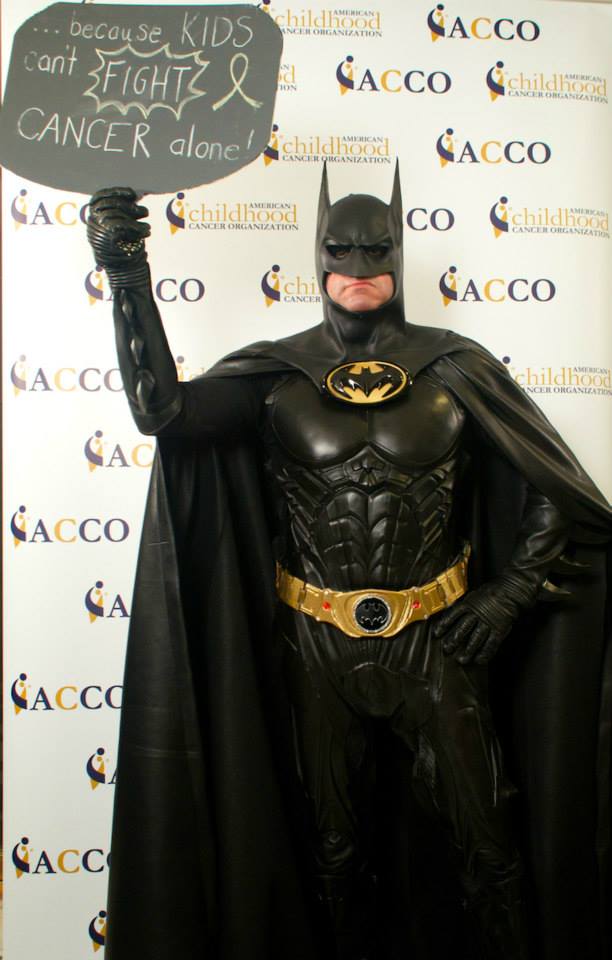
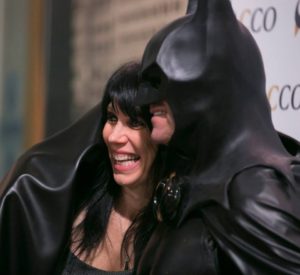 Never seeking notoriety or publicity for his actions, which he called part of a “maturation process” so important in bringing peace and stability into his own life, Mr. Robinson gained a degree of fame when he was pulled over in his Batmobile, dressed in costume, for a minor traffic violation in 2012 (he was not ticketed!) Mr. Robinson was a self-made businessman who founded his own commercial cleaning company as a teenager. Having sold his business, he spent the last several years making visits several times per month to area hospitals and participating in charity events and fundraisers dedicated to raising awareness about the critical needs of children facing cancer and their families.
Never seeking notoriety or publicity for his actions, which he called part of a “maturation process” so important in bringing peace and stability into his own life, Mr. Robinson gained a degree of fame when he was pulled over in his Batmobile, dressed in costume, for a minor traffic violation in 2012 (he was not ticketed!) Mr. Robinson was a self-made businessman who founded his own commercial cleaning company as a teenager. Having sold his business, he spent the last several years making visits several times per month to area hospitals and participating in charity events and fundraisers dedicated to raising awareness about the critical needs of children facing cancer and their families.